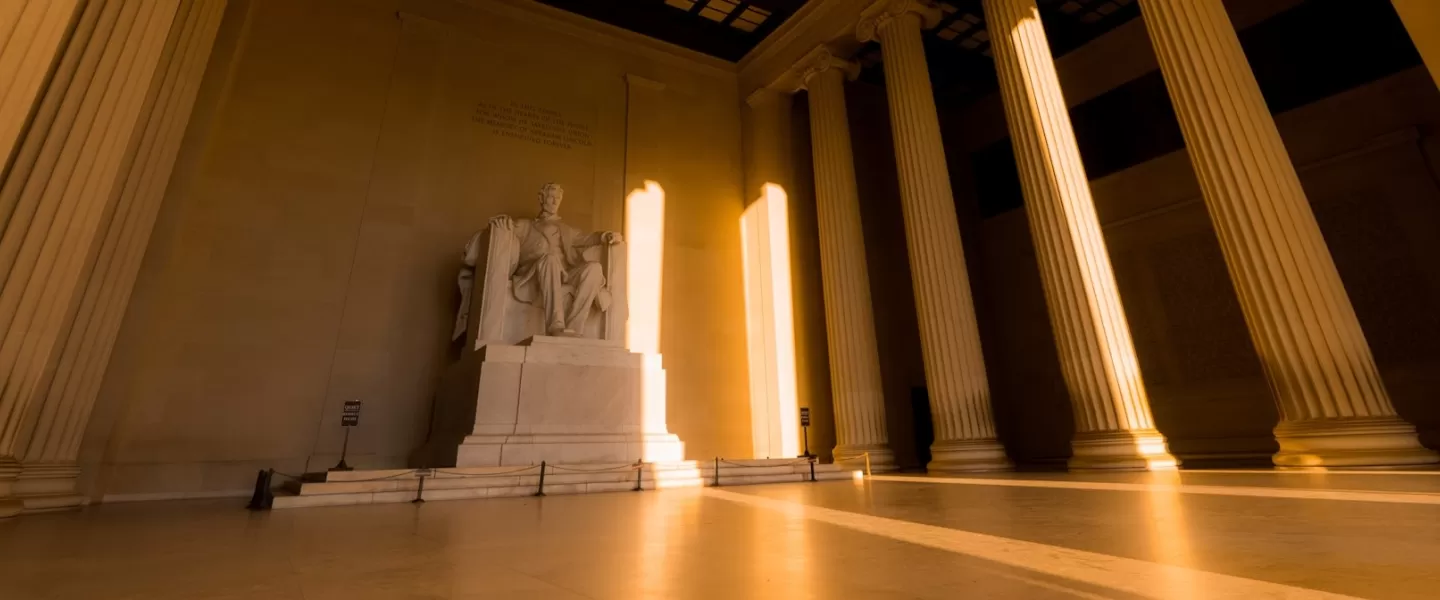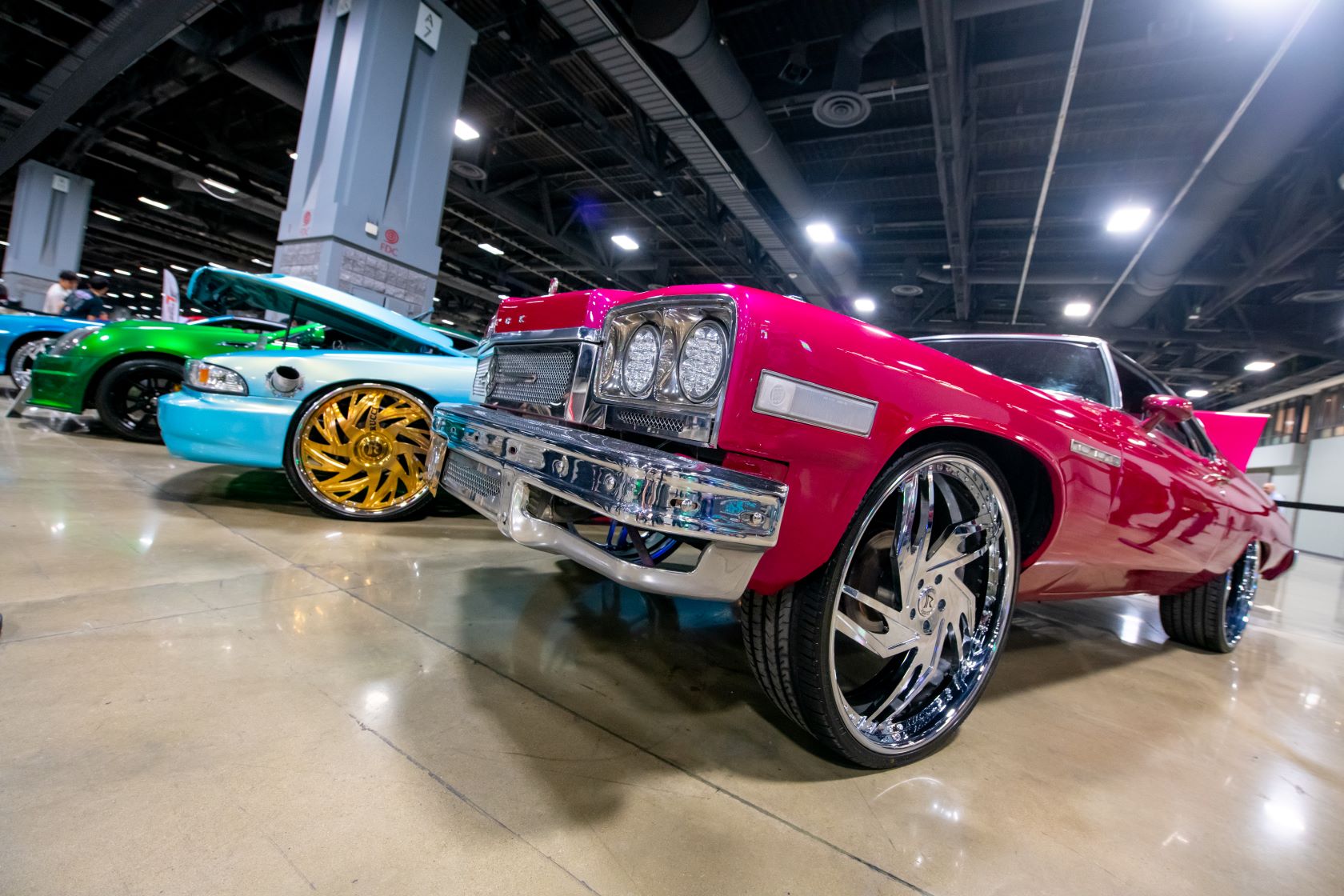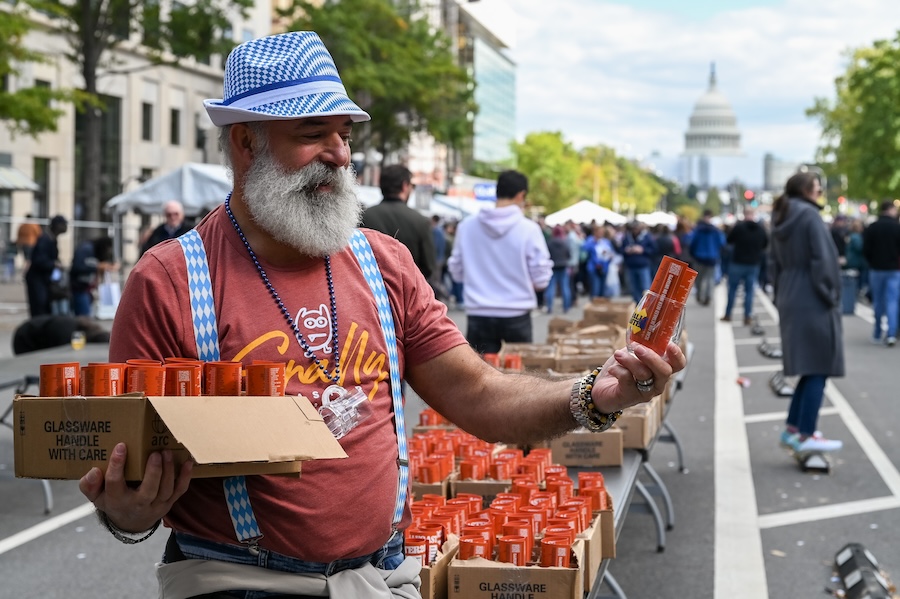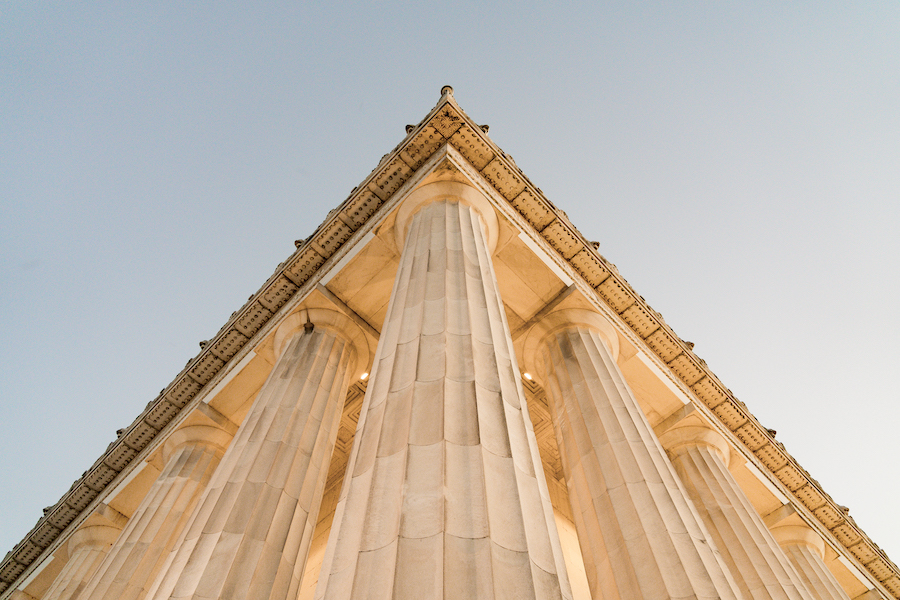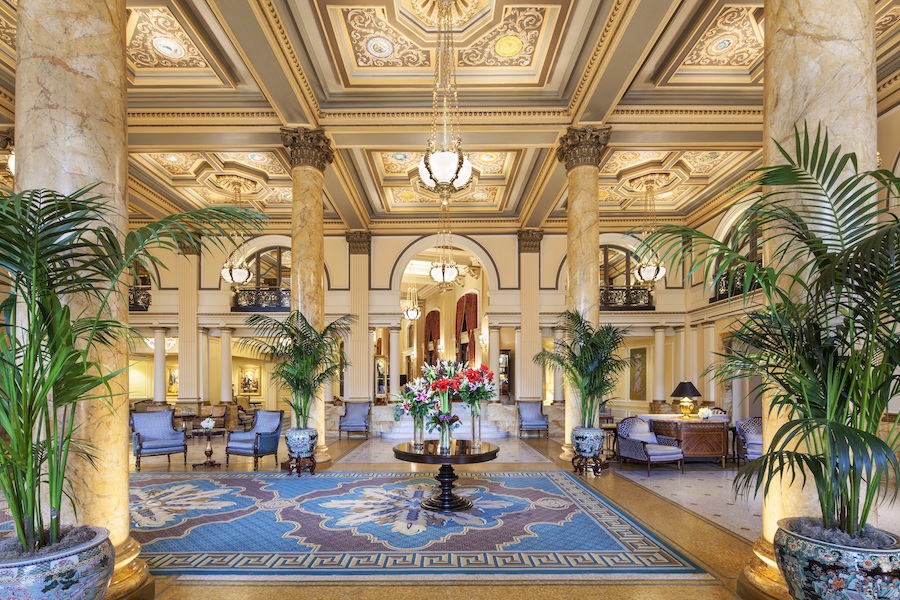Explore President Abraham Lincoln’s Washington, DC with this itinerary, including where he stayed before moving into the White House, how he spent his final days and much more.
Day 1: From the Lincoln Memorial to Ford's Theatre
Morning

Start your day at the Lincoln Memorial, which was formally dedicated in Washington, DC on May 30, 1922. One of the city’s most recognizable and most visited landmarks, the Memorial has evolved into a backdrop for history-making events such as the 'I Have a Dream' speech, the Marian Anderson concert and the daily secular pilgrimage of thousands.
Take time to admire the details, designed by architect Henry Bacon in the style of the Parthenon to honor democracy’s roots. Inside, the north and south chambers display Lincoln’s Gettysburg Address and Second Inaugural Address, each framed by 60-by-12-foot murals that reflect the president's ideals. At the center sits a contemplative statue of Lincoln, sculpted by Daniel Chester French and carved by the Piccirilli brothers over four years. Learn more through a free National Park Service Ranger Talk.
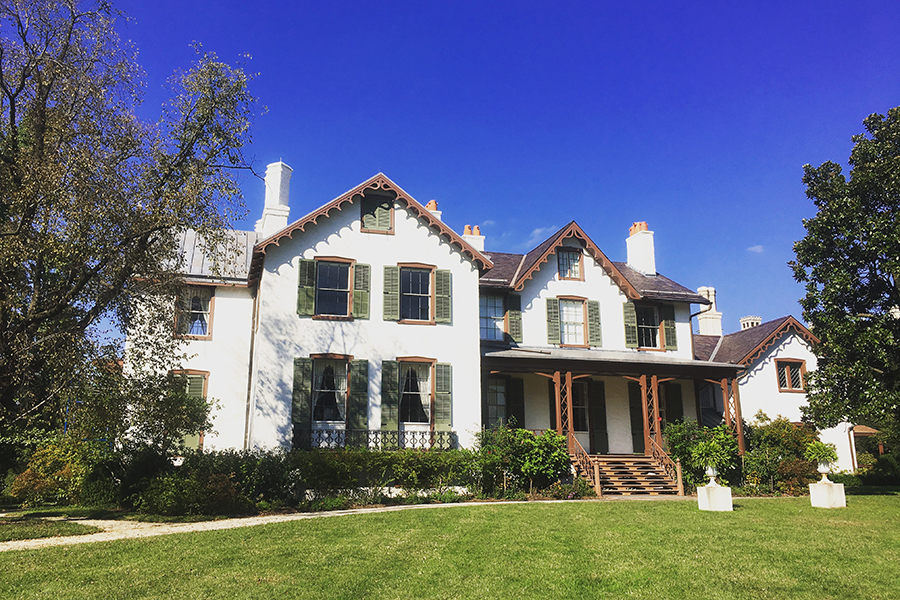
Take in the view across Memorial Bridge to Arlington National Cemetery and hop into a cab for a tour of President Lincoln’s Cottage. Located near the Petworth neighborhood, Lincoln took his family to this site only three miles north of the White House to escape the downtown marshland during the summers of 1861-1863. It was at the place where he wrote the principal portions of the Emancipation Proclamation, which transformed the war into a cause and fight to set other men free. Today, this land is also home to the Old Soldier’s Retirement Home.
For the ambitious history buff, head a little farther north to step even deeper into the Civil War history at Fort Stevens, the site of the only battle to take place within the District. On July 11-12, 1864, Confederate forces attacked this fort during their assault on Washington, DC. Abraham Lincoln visited the fort on July 12 and became one of only two presidents to have come under a military enemy’s fire while in office.
Afternoon
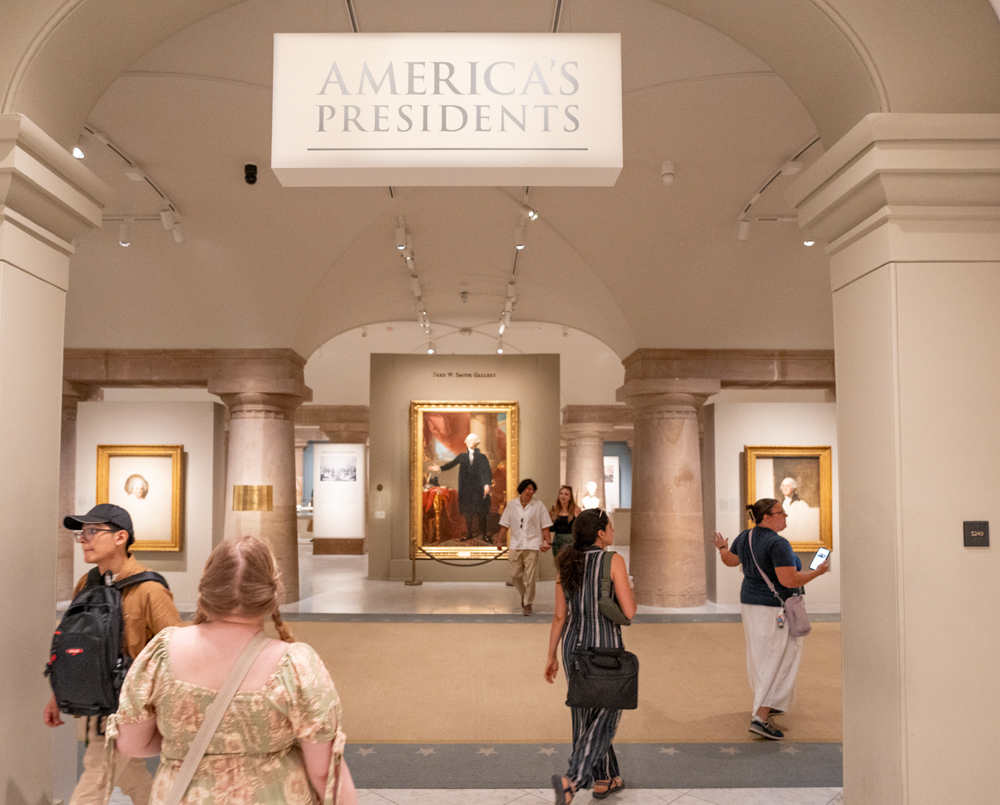
Have a late lunch in bustling Penn Quarter, then explore the Smithsonian American Art Museum and National Portrait Gallery. The 16th president celebrated his second inaugural ball in the grand space now known as the Lincoln Gallery. The Portrait Gallery’s collection of presidential portraits includes the last photograph taken of Lincoln.
Fun fact: This building was known as the U.S. Patent Office during the Civil War. Lincoln is the only U.S. President to hold a patent (for a device he invented to lift boats over shoals).
Evening
From here, take an interactive tour of your choosing. Chase Lincoln’s assassin, John Wilkes Booth, through DC on a Detective McDevitt Walking Tour or investigate the ghost stories that surround the Lincoln family. Join Fiat Luxe Tours on its Haunted Georgetown Tour, which begins at Oak Hill Cemetery, where Abe’s beloved son Willie Lincoln was laid to rest in February of 1862. President Lincoln visited his tomb several times, and after the assassination, Willie was disinterred; his remains accompanied his father’s back to Illinois.
Day 2: Continue in the 16th President's Footsteps
Morning
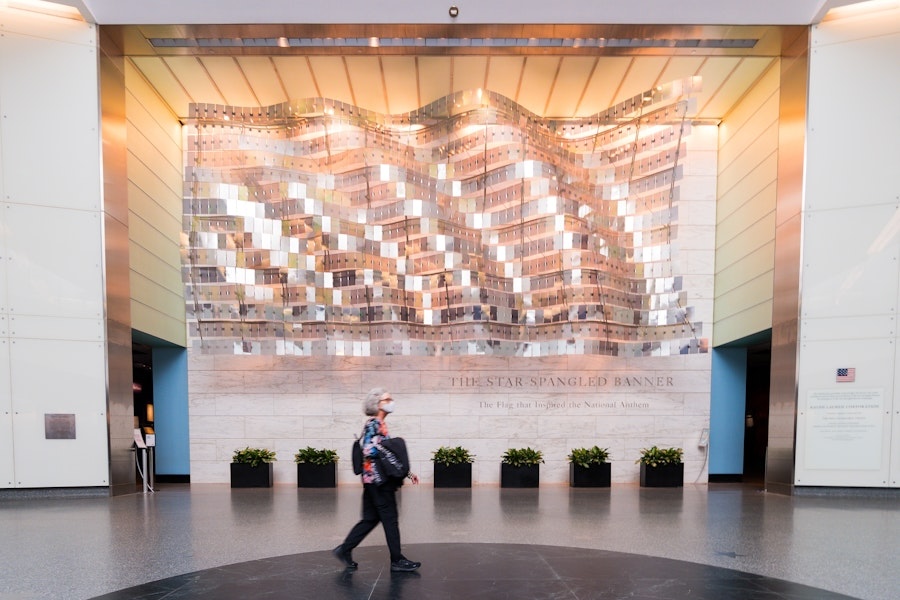
Begin your day on the National Mall. As you make your way to the National Museum of American History, gaze over to the Washington Monument. On July 4, 1848, Congressman Abraham Lincoln attended the laying of the cornerstone ceremony. Also, in attendance, was his future Vice President: Congressman Andrew Johnson.
Once you're inside the museum, take in the treasures like the inkstand Lincoln used to draft the Emancipation Proclamation, his top hat, as well as information on his wife, Mary Todd Lincoln. Civil War buffs can also spy the chairs that Grant and Lee sat in during the surrender at Appomattox.
Afternoon
Get your photo op at The White House before traveling through Lafayette Park to historic St. John’s Church. Known as “the church of presidents,” Abraham Lincoln attended services here a few times, most notably with William Seward on February 24, 1861. He would often sit in the back of the church unnoticed by the congregation, and the pew he often used is still there. The church is currently closed but can still be viewed from the outside.
From here, have lunch at the Willard InterContinental. Due to an assassination plot at a Baltimore train
station, Lincoln was secretly smuggled into the Willard Hotel on February 23, 1861, arriving early in the morning. He left at noon on March 4, en route to the Capitol to attend his first Inauguration.
See a copy of his bill on display in the hotel’s history gallery.
Evening

Pay a visit to New York Avenue Presbyterian Church, just two blocks away; it's where Lincoln worshipped. Then, take in a show at another one of his favorite destinations: the National Theatre. During his time as President, Abraham Lincoln attended at least 17 plays here. He saw Edwin Booth, John Wilkes Booth's more famous brother, act there in a series of Shakespearean performances. You can also emulate Lincoln’s love for the bard with an evening production at the Shakespeare Theatre Company or Folger Shakespeare Theatre.
Day 3: Capitol Hill & More
Morning
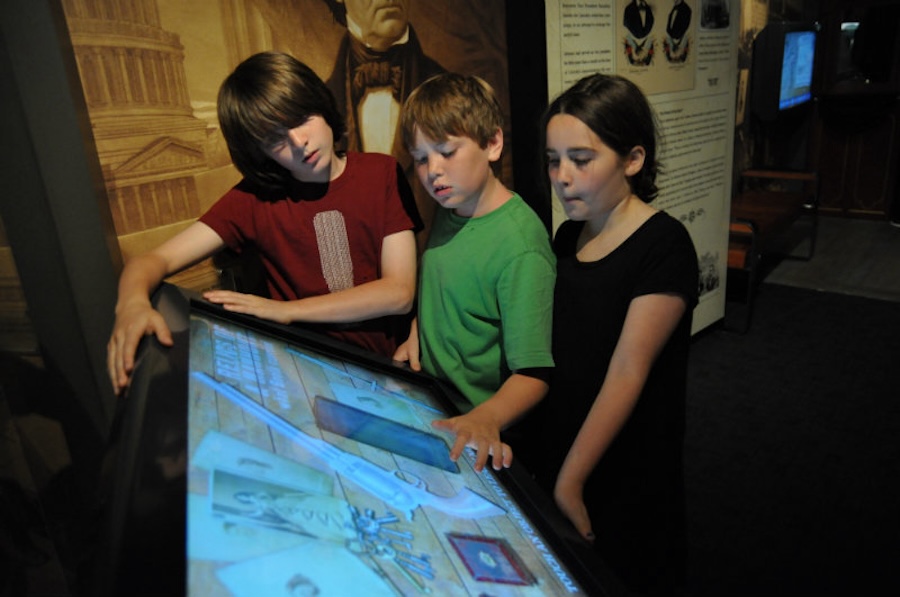
Ford's Theatre
Begin your last day at Ford’s Theatre, the site of Lincoln's assassination. Explore the underground museum illustrating the events leading up to the fateful night, catch a performance of an American classic. Your ticket gains you entry to another part of the Ford’s Theatre complex, the Petersen’s Boarding House across the street, where the President took his final breath.
Afternoon
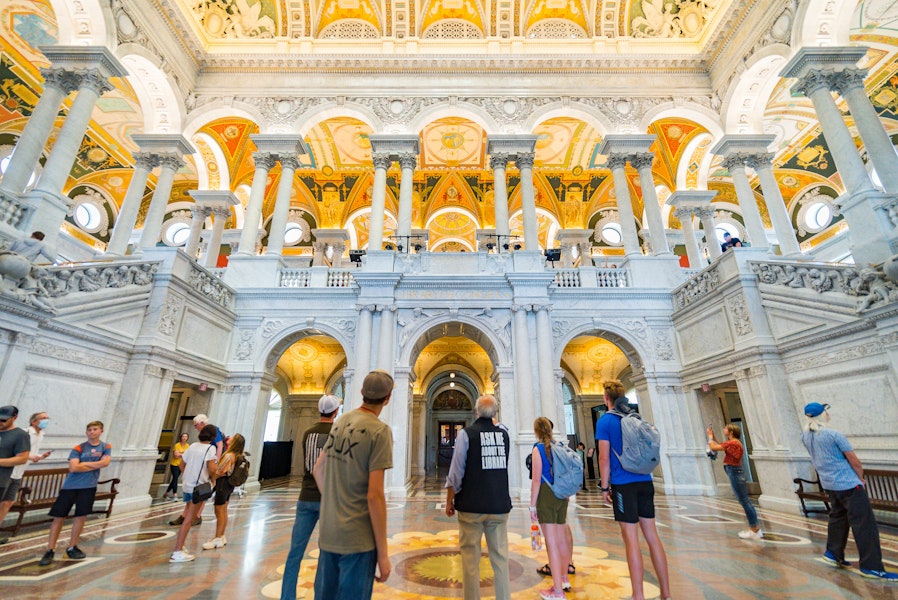
Spend the afternoon on Capitol Hill. Start with a walk along Pennsylvania Avenue to the grounds of the U.S. Capitol Building and the site of Lincoln’s first Inaugural Address. Be sure to circle the entire building as Lincoln’s Inauguration occurred on the East front.
From here, explore fascinating collections of Civil War photographs at the Library of Congress.
Evening
For your last stop, unwind in Lincoln Park, home to the original memorial to Lincoln. In 1867, Congress named the area Lincoln Square, making it the first public site to honor the fallen president. Nearly a decade later, the Freedman’s Memorial (also known as the Emancipation Group) was unveiled, a project initiated and financed by recently freed Black Americans. In front of a crowd of 25,000 that included President Ulysses S. Grant, Frederick Douglass delivered a keynote addressing the complexity of the statue and Lincoln's legacy.
Looking for more ideas for your visit to Washington, DC? Explore even more adventures and itineraries.

